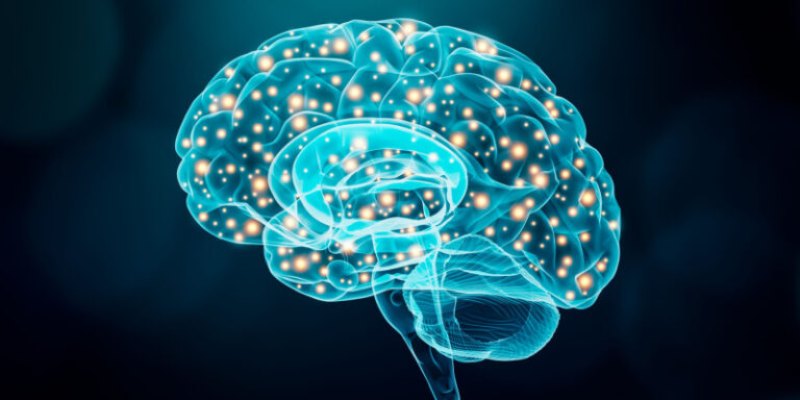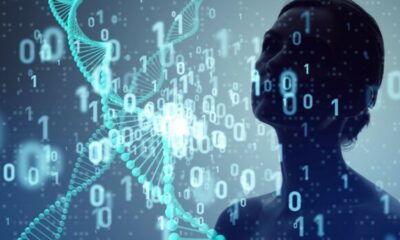A group of scientists from Yale University and Baylor College of Medicine used generative artificial intelligence (AI) to build a fundamental model of brain function. The goal of the Brain Language Model (BrainLM) is to model the brain in silico and ascertain the relationship between brain activity and disorders and behavior in humans.
The study was presented at ICLR 2024 as a conference paper.
“We’ve known for a long time that brain activity is related to a person’s behavior and to many illnesses like Parkinson’s or seizures,” stated Dr. Chadi Abdallah, co-corresponding author of the paper and associate professor in Baylor’s Menninger Department of Psychiatry and Behavioral Sciences.
“Functional brain imaging or functional MRIs allow us to look at brain activity throughout the brain, but we previously couldn’t fully capture the dynamic of these activities in time and space using traditional data analytical tools.
“More recently, people started using machine learning to capture the brain complexity and how it relates it to specific illnesses, but that turned out to require enrolling and fully examining thousands of patients with a particular behavior or illness, a very expensive process.”
The ability to build basic models without being limited to a certain activity or patient population is the power of emerging generative AI techniques. When it comes to identifying hidden patterns in a dataset, generative AI can play the role of a detective. These models are able to discover the underlying dynamics—the how and why of things changing or evolving—by examining the data points and the connections among them.
These basic models are then adjusted to comprehend other subjects. Using generative AI, the researchers were able to record brain activity independent of a specific disease or condition. It is not necessary to know the subject’s behavior, medical history, age, or other details to apply this to any group. To teach the computer and AI model how brain activity changes over time and space, all it requires is the brain activity.
The BrainLM brain activity basic model was established by the researchers using 80,000 scans from 40,000 subjects, then training the model to determine the relationship between these brain activities over time. BrainLM can now be used by researchers to ask questions in other experiments and to optimize a particular activity.
“If you want to do a clinical trial to develop a medication for depression, for example, it could cost hundreds of millions of dollars because you need to enroll a large number of patients and treat them for a long time.
“With the power of BrainLM, we can potentially cut this cost in half by enrolling only half the subjects using the power of BrainLM to select the individuals most like to benefit from a treatment. So, BrainLM can apply the knowledge learned from the 80,000 scans to apply it to those specific study subjects,” Abdallah said.
Preprocessing, the initial stage, tallied signals and eliminated noise unrelated to brain activity. A portion of the data for each individual was hidden when the summaries were entered into a machine learning model by the researchers. The model evaluated the dynamic on a testing group that was left out after learning it.
In order to determine how well the model could generalize to data collected with various scanners and in various groups, including older individuals and younger adults, they also tested this on several samples.
They discovered that BrainLM functioned well across a range of samples. Additionally, they discovered that BrainLM outperforms other machine learning methods without generative AI in predicting the severity of depression, anxiety, and PTSD.
“We found that BrainLM is performing very well. It is predicting brain activity in a new sample that was hidden from it during the training as well as doing well with data from new scanners and new population,” Abdallah said.
“These impressive results were achieved with scans from 40,000 subjects. We are now working on considerably increasing the training dataset. The stronger the model we can build, the more we can do to assist with patient care, such as developing new treatment for mental illnesses or guiding neurosurgery for seizures or DBS.”
The algorithm will be used by the researchers in next studies to forecast brain-related disorders.

 Diabetology2 weeks ago
Diabetology2 weeks ago
 Diabetology5 days ago
Diabetology5 days ago
 Diabetology1 day ago
Diabetology1 day ago
 Diabetology1 day ago
Diabetology1 day ago





